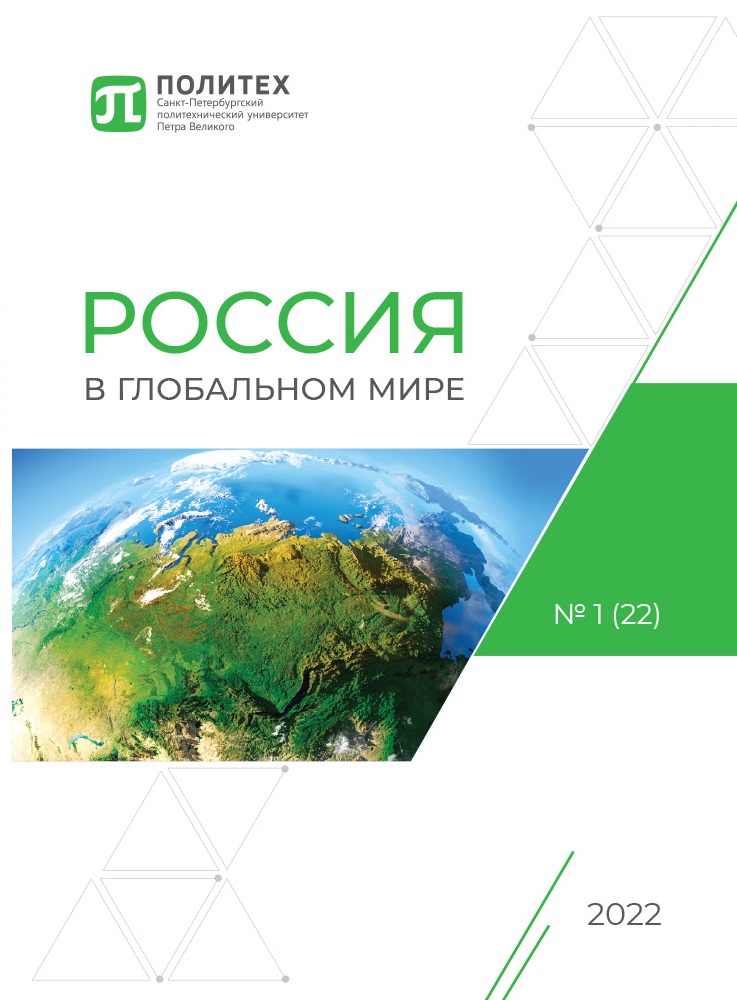"We Must and Will Fly Higher, Farther and Faster than Everyone Else": Aviation in Soviet Cinema of the 1920s and 1930s.
Both cinema and aviation were objects of close concern with the Bolshevik authorities. The popularity, demand and comparative accessibility of cinema could not but attract attention to it as a means of agitation, political and cultural education of the population, including the illiterate, and aviation was a symbol of the “technological sublime” and a condition for the successful protection of the country from enemies. The purpose of this article is to consider the importance of cinema in the formation of Soviet aviation discourse in the 1920s – 1930s. To solve it, the main reasons for turning to aviation in early Soviet cinema were identified, the features of its use and presentation were analyzed, and the role of cinema in the transformation of its image was assessed. The main source base consisted of movies, directly dedicated to the “conquest of the sky” and those thanks to whom it became possible – pilots, engineers, etc., as well as materials about films published in Soviet periodicals. Methodological guidelines of the study are related to the concept of social construction of technology (SCOT), proposed by V. Biyker and T. Pinch. Also, during the preparation of the article, an appeal was made to the methods of visual culture research, in particular, the principles developed within the framework of cultural studies, which involve attention to the specifics of technological image mediators, the socio-cultural context of image production and consumption, the construction of ideological cultural and social models. The results of the study showed that the Soviet film industry sought to organically adapt its products to the general aviation discourse, covering various aviation issues as much as possible. The cinema was designed to solve several tasks at once: to create an attractive image of aviation, to mobilize the population to participate in the construction of the air fleet, to heroize and idealize those associated with aviation – pilots and aircraft designers. Separately, it is worth noting the large number of female pilots in the cinema of the early Soviet period, which should have become an obvious symbol of gender equality. There are also many films and animated films aimed for children’s audience, the purpose of which was to attract to the theme of conquering the sky, the promotion of modeling and the dissemination of technical knowledge. All this contributed to the elimination of aviation illiteracy, the integration of aviation into everyday life, the construction of its understanding by the masses as a necessary condition and symbol of the beautiful Communist future.


